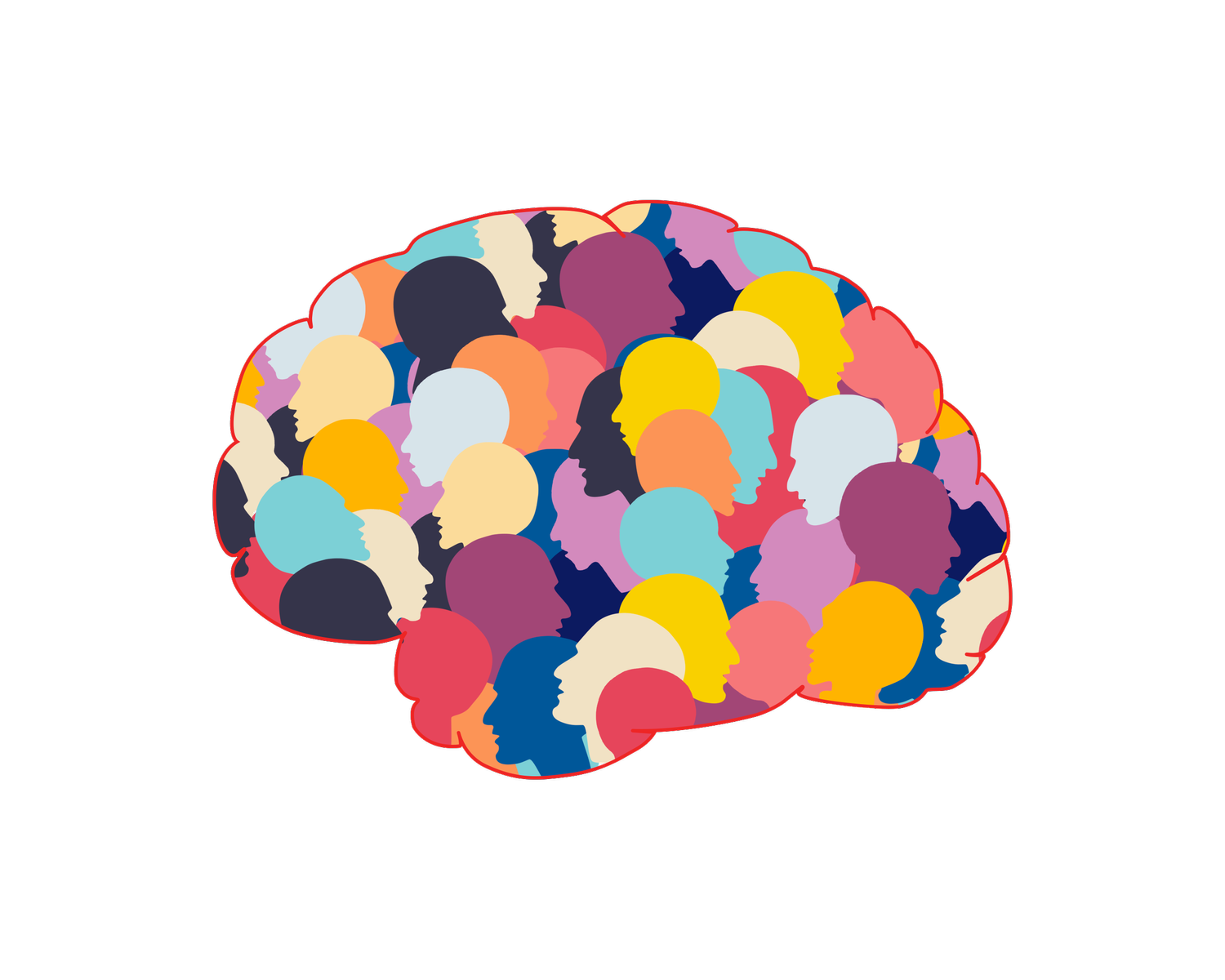The Social Functions of the Resting Brain
The brain’s “default mode network” or “default network” gets its name from the observation that it reliably engages “by default”, whenever participants are not performing any experimental task at all and have even just a brief moment to rest. This network is also reliably associated with social cognition. Why would the same neurocognitive system associated with social cognition also robustly engage by default at rest? Our lab has proposed that the default network performs two key functions during rest to facilitate social thinking and behavior: social priming and social consolidation.
At first blush, the overlap between the social and resting brain may seem unsurprising. When people have time to rest, they may end up choosing to think about themselves and others. In this scenario, default network activity at rest is a consequence of people choosing to think about their personal and social experiences in their free time. This has been the assumption guiding many researchers' thinking about the default network for decades. However, our work suggests the direction of this relationship may go the other way around: we may end up thinking about ourselves and others during rest because the default network engages as soon as our minds are free. Specifically, activating this network quickly “by default” may prime us to engage in social cognition.
Not only does the default network engage quickly when we take mental breaks, it also sustains its engagement over time as we continue to rest. Our lab has also developed the hypothesis that engaging the default network during extended rest helps consolidate new social information in memory. For example, we have found the tendency to engage portions of the default network quickly “by default” biases us towards social memory consolidation.
Relevant Publications
Jimenez, C. A. & Meyer, M. L. (under review). Dorsomedial prefrontal cortex (DMPFC) prioritizes social learning during rest. Download Preprint PDF.
Brietzke, S., Barbarossa, K. & Meyer, M. L. (under review). Get out of my head: social evaluative brain states carry over into post-feedback rest to promote learning what others think of us. Download Preprint PDF.
Iyer, S., Coller, E., Finn, E. S., & Meyer, M. L. (in press). Individuals who see the good in the bad engage distinctive default network coordination during post-encoding rest. Proceedings of the National Academy of Sciences. Download Preprint PDF.
Collier, E., & Meyer, M. L. (2020). Memory of others’ disclosures is consolidated during rest and associated with providing support: neural and linguistic evidence. Journal of Cognitive Neuroscience, 32(20), 1672-1687. Download PDF.
Meyer, M. L. (2019). Social by default: Characterizing the social functions of the resting brain. Current Directions in Psychological Science. Download PDF.
Meyer, M. L., Davachi, L., Ochsner, K. N., & Lieberman, M. D. (2019). Evidence that default network connectivity during rest consolidates social information. Cerebral Cortex, 12(5), 1910-1920. Download PDF.
Meyer, M. L., & Lieberman, M. D. (2018). Why people are always thinking about themselves: Medial prefrontal cortex (MPFC) activity during rest primes self-referential processing. Journal of Cognitive Neuroscience. Download PDF.
